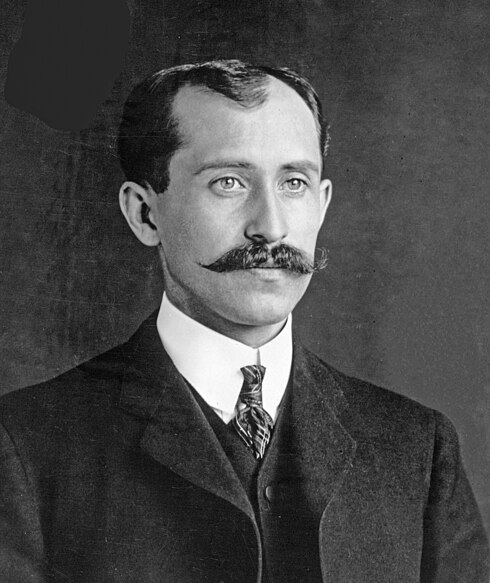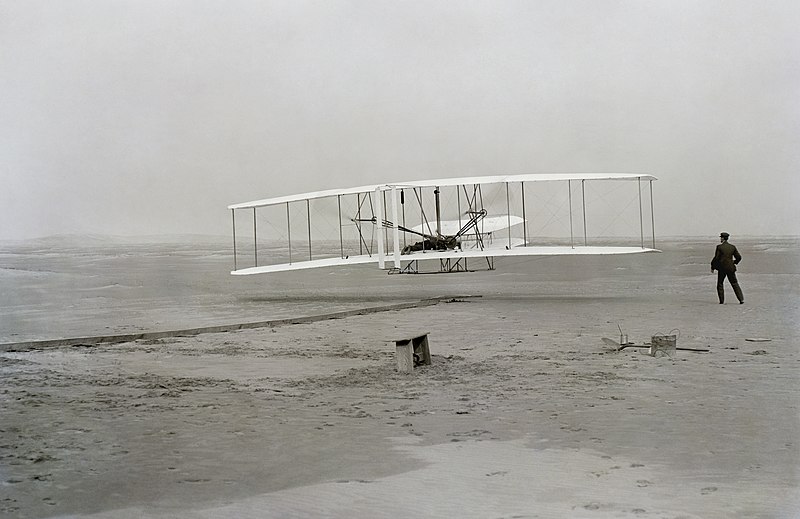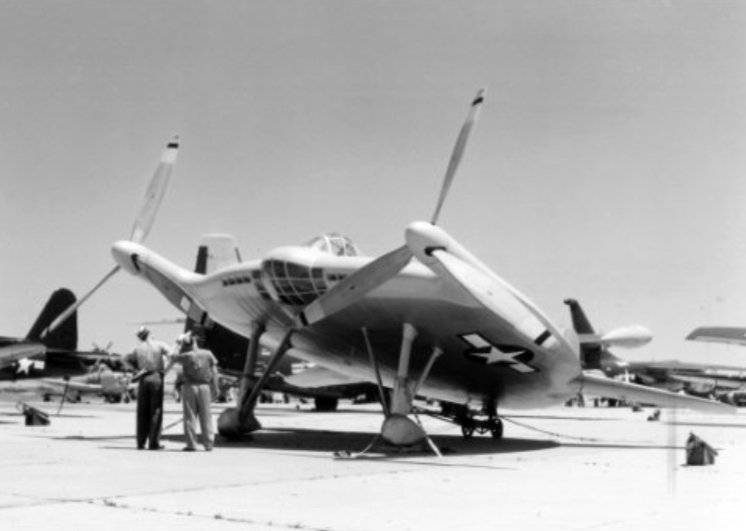For decades radial, reciprocating engines were the standard on aircraft of all sizes. They were relatively compact for the horsepower they produced, and radial engines were very reliable for the technology of the time. Today the radial engine, while still in use, has fallen out of favor. With larger aircraft we have turbine engines and turboprops, smaller aircraft use mostly horizontally opposed reciprocating engines.
While radial engines were proven reliable and could produce plenty of horsepower, the were some drawbacks that have contributed to their decline. Even while producing a high amount of horse power, the engines were not exactly fuel efficient. Even bigger of an issue is the fact that every radial engine would leak oil, causing a high amount of oil consumption. The joke is that you know when a radial is out of oil because it stops leaking. While the plane is sitting on the ramp, it is not uncommon for some oil to leak into the bottom cylinders, past the piston rings and into the combustion chamber if the engine has not run in the past couple of days. This is known as hydraulic lock, and requires the removal of the bottom spark plugs to drain the oil from the cylinders before the next engine start.
 |
| New technology coming to an old design |
Austro Engines, which is owned by Diamond Aircraft certainly believes that there is still potential in radial engines. On January 8, 2013 Austro Engines has begun testing the AE80R radial engine. Weighing about 60 pounds (27kg) the engine produces 80 hp. According to the report on Austro's website it has a "no loss lubrication system," (which would certainly solve the problem of oil consumption and vapor lock) and uses a Full-Authority Digital Engine Control (FADEC) system to maximize fuel economy. FADEC is an electronic control system used on larger turbine engines to obtain monitor the fuel flow and obtain a desired exhaust pressure ratio (EPR) and thrust. Information on how this system has been integrated into the AE80R has not been released yet.
While 80 hp isn't a lot of power, the power to weight ratio is impressive. While we are not likely to see these new radials back on transport aircraft anytime soon, Austro points out the power to weight ratio is ideal for smaller aircraft markets such as light sport aircraft and unmanned aircraft. If the AE80R radial engine proves to be successful, perhaps we could see further technological development and progress made from the radial engine.





